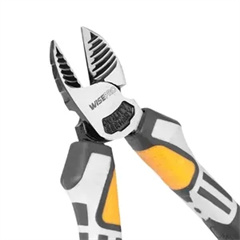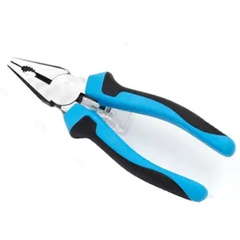Certainly, here are some tips to help you transition from garden shoveling to achieving a bountiful harvest:
Preparing the Soil:
- Soil Testing: Before planting, conduct a soil test to determine its pH and nutrient levels. This will guide you in making appropriate amendments to create optimal growing conditions.
- Amending Soil: Use compost, well-rotted manure, or organic fertilizers to enrich the soil with essential nutrients. Mix these amendments into the soil using your shovel to ensure even distribution.
- Aeration: Use the shovel to gently loosen compacted soil. This helps improve water drainage, root penetration, and overall soil structure.
Planting:
- Digging Planting Holes: Use your shovel to dig holes for transplanting seedlings or planting seeds. Make sure the holes are of the appropriate depth and spacing according to the plant’s requirements.
- Planting Depth: Be mindful of planting depth to ensure seeds or seedlings are placed at the correct level in the soil. Improper planting depth can affect germination and growth.
Watering and Irrigation:
- Basin Creation: After planting, use your shovel to create shallow basins around plants. These basins will help retain water, directing it to the root zone.
- Mulching: Apply organic mulch around plants to retain soil moisture, suppress weeds, and regulate soil temperature. Use the shovel to spread the mulch evenly.
Weeding and Maintenance:
- Weeding: Regularly use the shovel to carefully remove weeds. Dig deeply to get the entire root system, which will help prevent weed regrowth.
- Thinning Seedlings: If you’ve planted seeds too close together, use the shovel to carefully thin out the excess seedlings, ensuring adequate space for healthy growth.
Harvesting:
- Root Crops: Gently loosen the soil around root crops like carrots and potatoes using the shovel’s edge before lifting them out. This prevents damage to the vegetables.
- Digging Up Bulbs: When harvesting bulbs like onions and garlic, use the shovel to carefully lift the bulbs from the soil without damaging them.
- Cut-and-Come-Again Crops: For crops like lettuce and kale, use the shovel to cut the outer leaves while leaving the central growth intact for continued harvest.
General Tips:
- Proper Tool Maintenance: Regularly clean and maintain your shovel to prevent soil buildup and rust. A well-maintained shovel is more effective and easier to use.
- Timing Matters: Plan your gardening activities based on the growing season and weather conditions in your region. Avoid heavy shoveling tasks during extreme heat or wet conditions.
- Body Mechanics: Apply the proper shoveling techniques you’ve learned to gardening tasks as well. Use ergonomic shovels with comfortable handles for reduced strain.
- Observation: Keep an eye on your garden’s progress. Watch for signs of pests, diseases, or nutrient deficiencies so you can address them promptly.
- Companion Planting: Research companion planting techniques to maximize the health and productivity of your garden by strategically placing plants that benefit each other.
By combining your shoveling skills with these gardening tips, you can create an environment conducive to a bountiful and successful harvest. Remember that gardening requires patience and attention, so stay engaged with your plants and adapt your practices as needed.
































